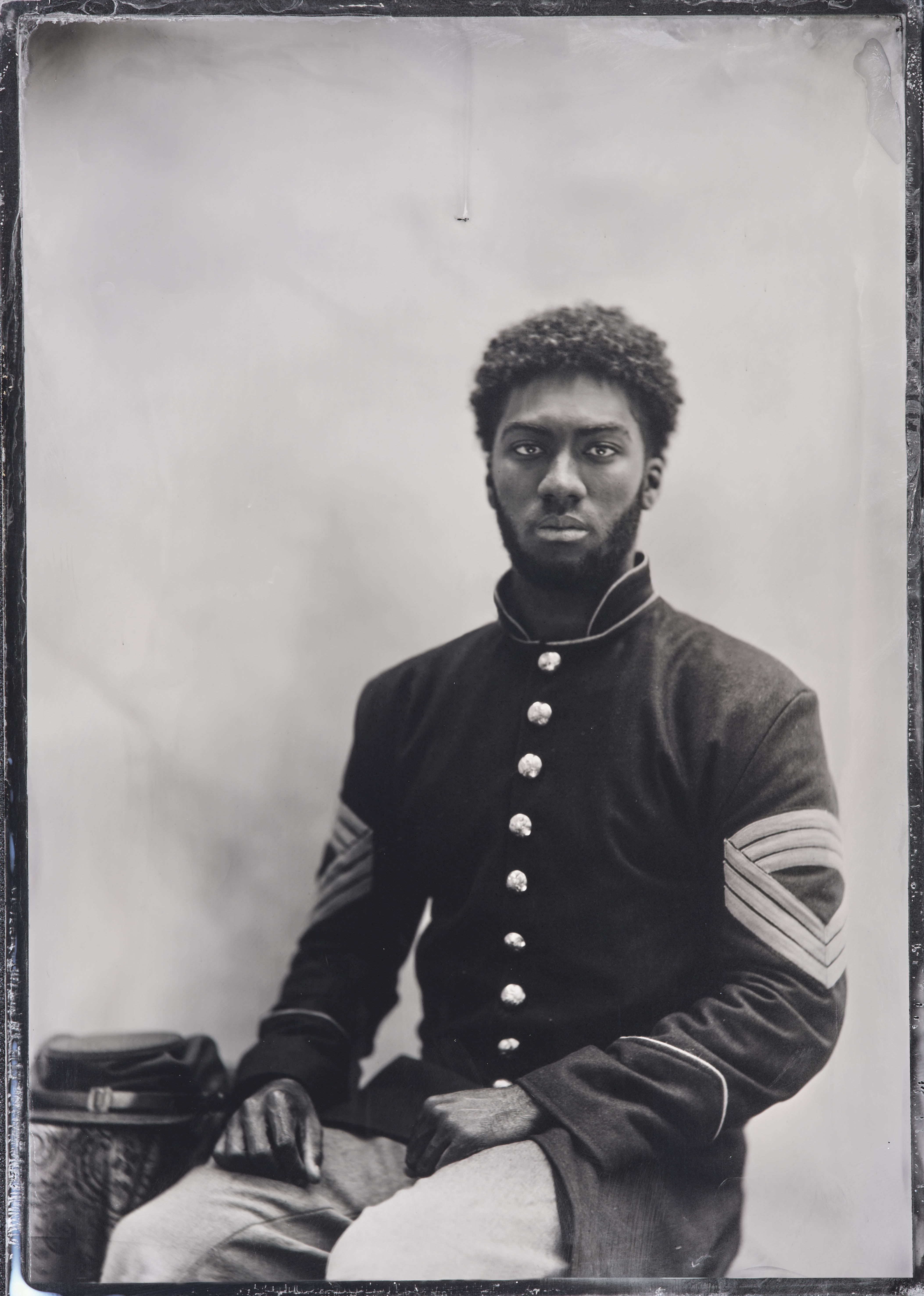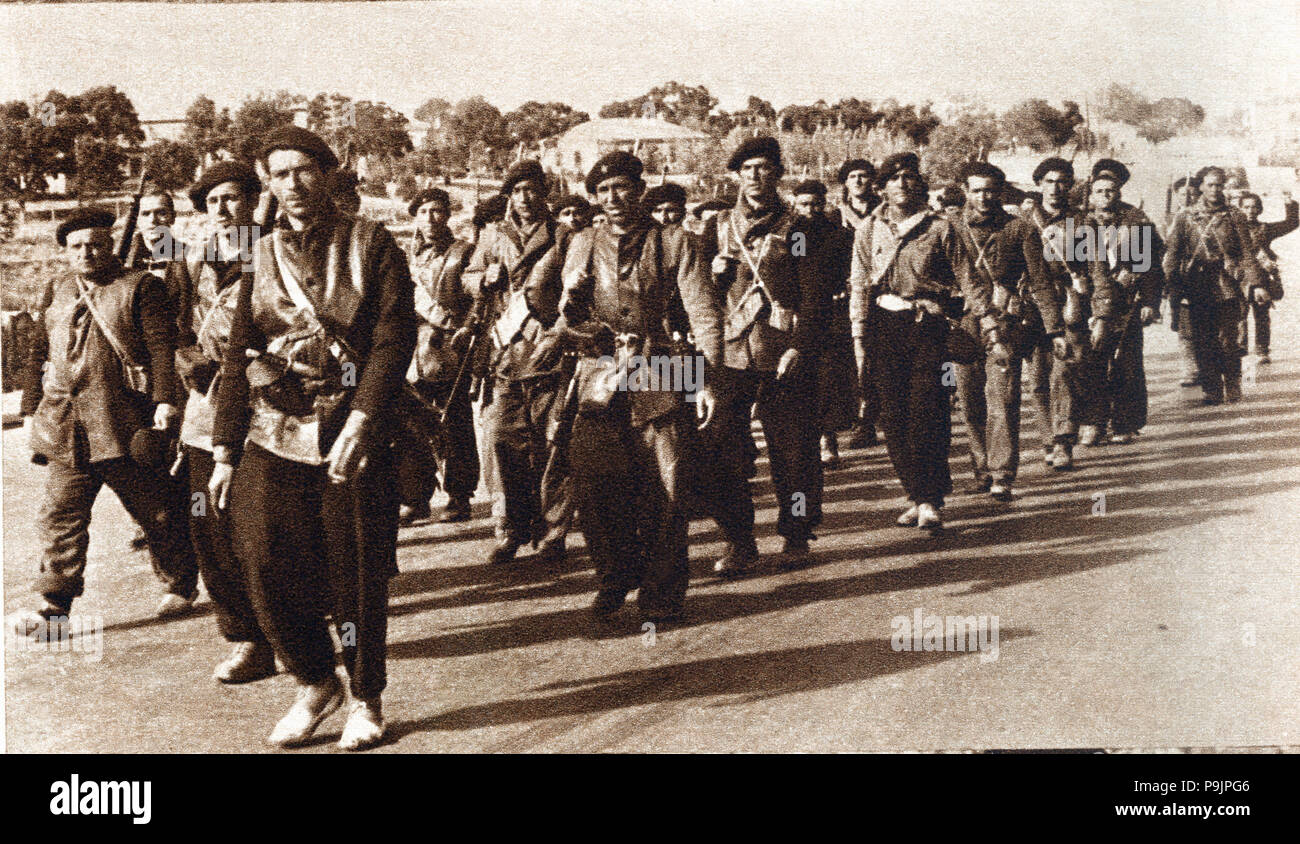
Beneath the Blue and Gray: The Enduring Legacy of Civil War Combatants
Four long years, from the cannon’s roar at Fort Sumter in 1861 to the surrender at Appomattox in 1865, the American landscape was scarred by the most devastating conflict in its history. The Civil War was a crucible that forged a new nation, but its fires consumed the lives and innocence of millions. At the heart of this colossal struggle were the combatants – men, and in rare instances, women – who donned the blue of the Union or the gray of the Confederacy. They were farmers, clerks, mechanics, immigrants, and slaves, united by a call to arms, yet divided by profound ideologies. Their stories, often lost in the grand narratives of generals and battles, offer a poignant window into the human cost and complexity of a nation at war with itself.
The Call to Arms: Diverse Motivations
The initial fervor that swept both North and South was intoxicating. Young men, some barely out of boyhood, others with families and responsibilities, rushed to enlist, fearing the war would end before they could see any action. Their motivations were as varied as their backgrounds.

For the Union soldiers, the primary driver was often the preservation of the nation. President Abraham Lincoln’s unwavering commitment to "save the Union" resonated deeply. Many believed they were fighting to uphold the democratic experiment, a beacon of liberty for the world. Others, particularly as the war progressed, fought for the abolition of slavery, seeing it as a moral imperative and a stain on the nation’s soul. A Union soldier from Ohio eloquently wrote home, "I am fighting for my country and the flag of my country, and if I die, I die for my country." This sentiment, a blend of patriotism and duty, fueled countless northern enlistments.
In the Confederacy, the cause was framed around states’ rights, self-determination, and the defense of their homeland. For many Southerners, particularly those who did not own slaves, the war was about protecting their homes and families from what they perceived as Northern aggression. They saw themselves as heirs to the American Revolution, fighting against an oppressive central government. The preservation of their agrarian society, built upon the institution of slavery, was intrinsically linked to their fight. As one Confederate private from Georgia noted, "We are fighting for our homes, our families, and our liberty." The sense of impending invasion and the desire to protect their way of life were powerful motivators, uniting rich planters and poor yeomen under the Confederate banner.
Beyond these grand causes, personal reasons also played a significant role. Adventure, the desire for glory, peer pressure, economic hardship, and even a simple longing to escape the monotony of daily life pushed men into uniform. Yet, regardless of their initial reasons, the brutal reality of war would soon strip away any romantic illusions.
The Fabric of the Armies: A Tapestry of Humanity
The armies of the Civil War were remarkably diverse, reflecting the demographic mosaic of 19th-century America. While the stereotypical image of a white, native-born farmer often prevails, the reality was far richer.
Immigrants: Both sides drew heavily from immigrant populations. The Union army, in particular, was a melting pot. Irish immigrants, fleeing famine and persecution, formed legendary units like the Irish Brigade, renowned for their ferocious courage and often tragic losses at battles like Fredericksburg. German immigrants, many having fled political turmoil in Europe, also swelled Union ranks, often forming their own German-speaking regiments, maintaining cultural ties even amidst the chaos of war. Their presence underscored the idea of America as a land of opportunity, even for those who would lay down their lives for it.
African Americans: Perhaps the most transformative demographic shift in the Union army was the enlistment of African American soldiers. Initially barred from combat roles, the Emancipation Proclamation in 1863 opened the door for Black men to fight for their own freedom. Over 180,000 African Americans, many of them formerly enslaved, served in the United States Colored Troops (USCT). They faced not only the horrors of combat but also systemic discrimination, lower pay (initially), and the constant threat of execution if captured by the Confederates. Their bravery, however, was undeniable. Frederick Douglass, a tireless advocate for their inclusion, declared, "Once let the black man get upon his person the brass letters, U.S., let him get an eagle on his button, and a musket on his shoulder and bullets in his pocket, there is no power on earth that can deny that he has earned the right to citizenship." Their sacrifice was pivotal, not just in winning the war, but in fundamentally reshaping the nation’s understanding of race and citizenship.
Women in Disguise: While not officially combatants, an estimated 250 to 400 women, driven by patriotism, adventure, or the desire to remain with loved ones, disguised themselves as men and fought on both sides. Figures like Sarah Emma Edmonds, who served as "Franklin Thompson" in the Union army and even as a spy, highlight the extraordinary lengths individuals went to participate. Their stories, often discovered only after their deaths or injuries, reveal a profound commitment to the cause that transcended societal norms.

The Crucible of Camp and Combat
Life as a Civil War combatant was a stark dichotomy: long stretches of mind-numbing boredom interspersed with moments of unimaginable terror.
Camp Life: For every day of battle, there were weeks, even months, spent in camp. Here, soldiers drilled incessantly, marched for miles, and endured the elements. Disease was a far greater killer than enemy bullets. Dysentery, typhoid, malaria, and measles swept through crowded camps with devastating efficiency. Poor sanitation, contaminated water, and inadequate medical knowledge meant that two-thirds of all Civil War deaths were due to illness. Soldiers spent their time writing letters home, playing cards, carving small mementos, and forming bonds of camaraderie that would sustain them through the trials ahead. Food was often monotonous and meager: hardtack, salt pork, coffee, and whatever could be foraged or purchased.
The Horrors of Combat: When battle came, it was a brutal and visceral experience. The advent of rifled muskets and the Minie ball meant that bullets were far more accurate and deadly than in previous wars, capable of inflicting horrific wounds. Yet, tactics often remained rooted in Napoleonic-era frontal assaults, leading to staggering casualty rates.
Imagine the sensory overload of a Civil War battlefield: the deafening roar of cannon fire, the crackle of thousands of muskets, the screams of the wounded, the acrid smell of gunpowder, and the sight of comrades falling around you. Courage was not the absence of fear, but the ability to function in its presence. General Ulysses S. Grant famously observed, "I never was an officer in the regular army, but I never went into a battle without fear. I never saw the man who was not afraid."
Medical care on the battlefield was rudimentary at best. Amputations were common, often performed without anesthesia, to prevent gangrene. Hospitals were overwhelmed, and sanitation was poor, leading to further infections. The sheer scale of the carnage was unprecedented. At Antietam, the single bloodiest day in American history, over 23,000 men were killed, wounded, or missing in just 12 hours.
The Unseen Wounds: Psychological Toll
While physical wounds were evident, the psychological scars of the Civil War ran equally deep. Soldiers witnessed unimaginable horrors: the dismemberment of friends, the cries of the dying, the constant threat of instant death. Many returned home profoundly changed, suffering from what would later be understood as post-traumatic stress disorder (though then often called "soldier’s heart" or "nostalgia"). Nightmares, anxiety, depression, and a profound inability to reintegrate into civilian life plagued countless veterans. The war shattered not just bodies, but minds and souls.
Legacy and Remembrance
By the war’s end, approximately 620,000 soldiers had perished – a figure that modern estimates suggest could be as high as 750,000. This meant roughly 2% of the entire U.S. population died, a proportional loss far greater than any other American conflict. Millions more were wounded, maimed, or forever scarred.
The surviving combatants, whether victor or vanquished, returned to a nation irrevocably altered. For Union veterans, there was the triumph of preserving the Union and abolishing slavery, though the path to true racial equality would be long and arduous. For Confederate veterans, there was the bitter taste of defeat, the destruction of their homes, and the dismantling of their social order.
In the decades that followed, veterans on both sides formed powerful organizations – the Grand Army of the Republic (GAR) for Union soldiers and the United Confederate Veterans (UCV) for the South. These groups provided camaraderie, lobbied for pensions, and ensured their experiences were remembered. They marched in parades, built monuments, and shared their stories, shaping the collective memory of the war for generations.
Today, the Civil War combatants remain a powerful, almost mythical, presence in the American consciousness. Their sacrifice, their courage, their suffering, and their diverse motivations continue to fuel historical inquiry and cultural reflection. They were not merely pawns in a grand political game but individuals who experienced the ultimate test of human endurance. Their letters home, their diaries, their faded photographs, and the silent gravestones scattered across the nation stand as enduring testaments to the millions who stepped forward, put on a uniform, and fought for what they believed in, forever altering the course of American history. Their legacy is a sobering reminder of the profound cost of division and the enduring human spirit in the face of unimaginable conflict.


